The violin is the instrument having the highest pitch. It is perceived as the hardest musical instrument to master.
So, the important question here is, which violin is best for you among the different types of violins?
Some violins are for professionals, and some are for beginners. You should know all varieties before buying them.
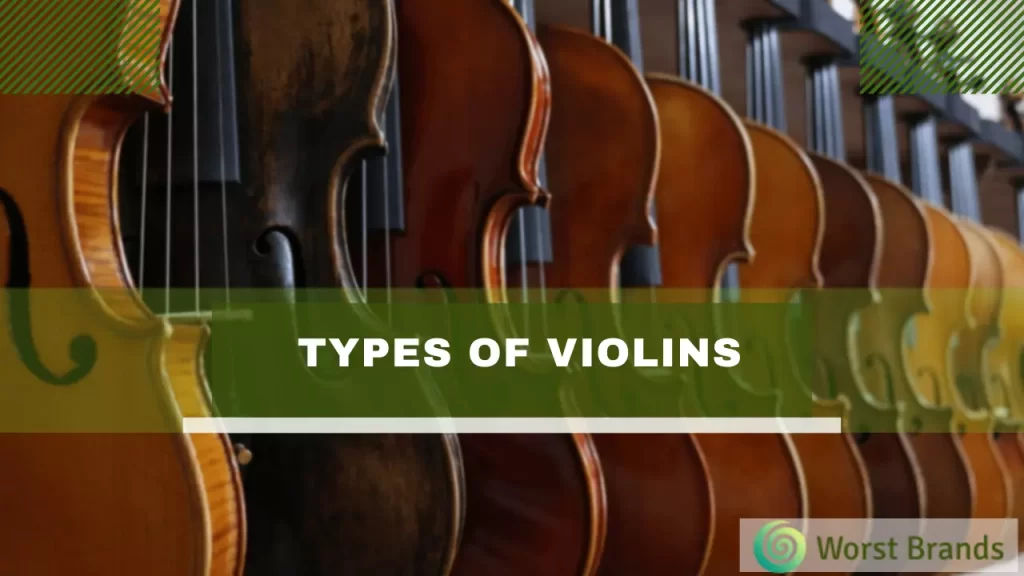
Related: Ukulele Brands To Avoid
So let’s get an overview of the kinds of violin and which will suit you most.
Table of Contents
9 Different Types of Violins
The violin has evolved with time for different reasons, resulting in different formation types.
It is important to note that violin types may differ based on their categories.
Generally, there are 9 different types of Violins, including Pre-Baroque, Baroque, Bass, Stroh, Electric, Semi Electric, Fiddle, 5-Strin, and Vertical Viola.
| Violin Types | Main Characteristics |
| Pre-Baroque | Physically larger, but projects less sound. |
| Baroque | Parallel and thicker neck angle, shorter fingerboard. |
| Bass | Large size, deep sound. |
| Stroh | Produces louder sound, suitable for outdoor performances. |
| Electric | Electronic sound, volume and tone control options. |
| Semi Electric | Acoustic sound with electronic amplification capabilities. |
| Fiddle | Flat bridge, suitable for playing double and triple stops. |
| 5-String | Extended range of music. |
| Vertical Viola | Played vertically on the floor. |
To choose your next violin, you might also check the worst violin brands to avoid.
Let’s briefly describe its different types to help you understand better.
1. Pre-Baroque Stringed Instrument
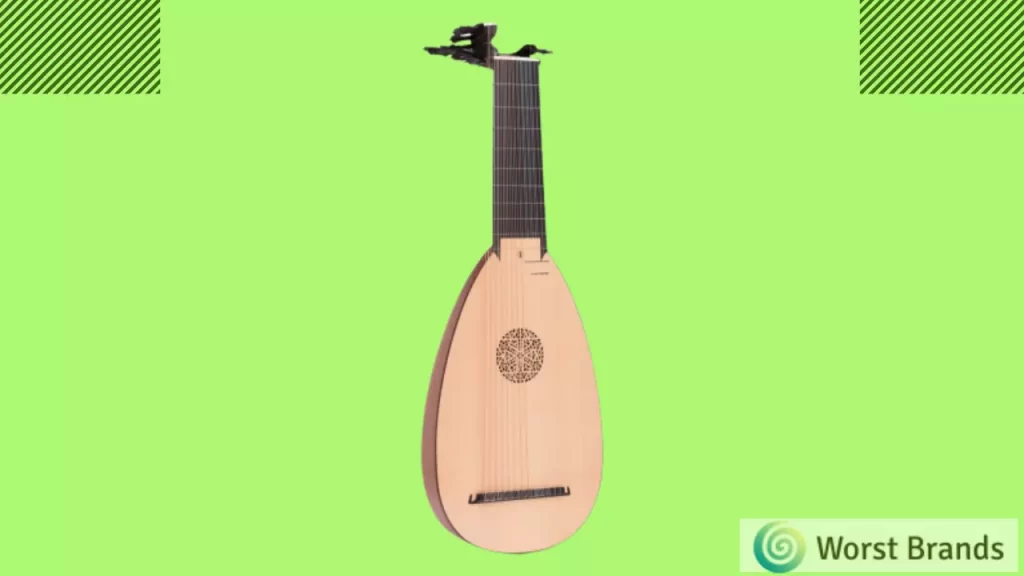
Prior to the birth of the violin, various instruments that were comparable to the violin were used. Among them, the pre-baroque violin was common.
While playing these pre-baroque instruments, they were meant to be held upward.
Drawback:
They are physically larger yet project very less sound.
2. Baroque Violin
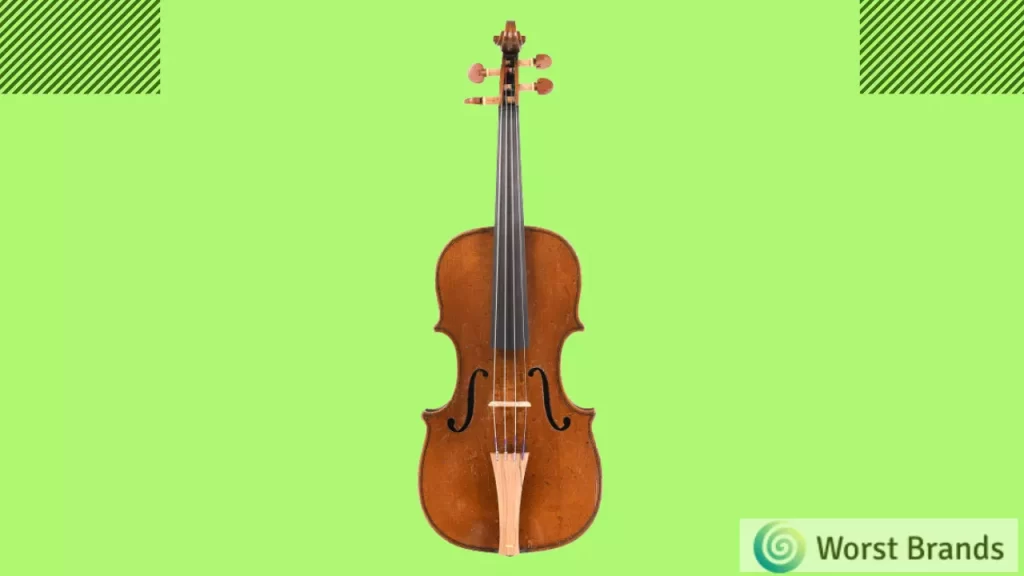
It is also called the forefather of the classical/modern violin. The baroque violin was the first standard stringed musical equipment invented in the 16th century by Alessandro Mezzadri.
These violins have a different neck angle as compared to modern violins. It has a parallel and thicker angle of the neck that supports the string’s tension.
The classical baroque has a shorter fingerboard than other violins.
Sheep gut strings are used in these traditional musical instruments, and the Baroque Violin is played with bows with tapered ends.
The Baroque violin had no chin rest because there was no standard way to hold the instrument during the Baroque period.
They have a tailpiece, a bridge, and a bass bar which are lighter than the modern violins. That’s why the baroque violin sounds more intimate and romantic.
Drawback:
They project less sound than other violins due to parallel necks and less tension across the instrument’s belly.
3. Bass Violin
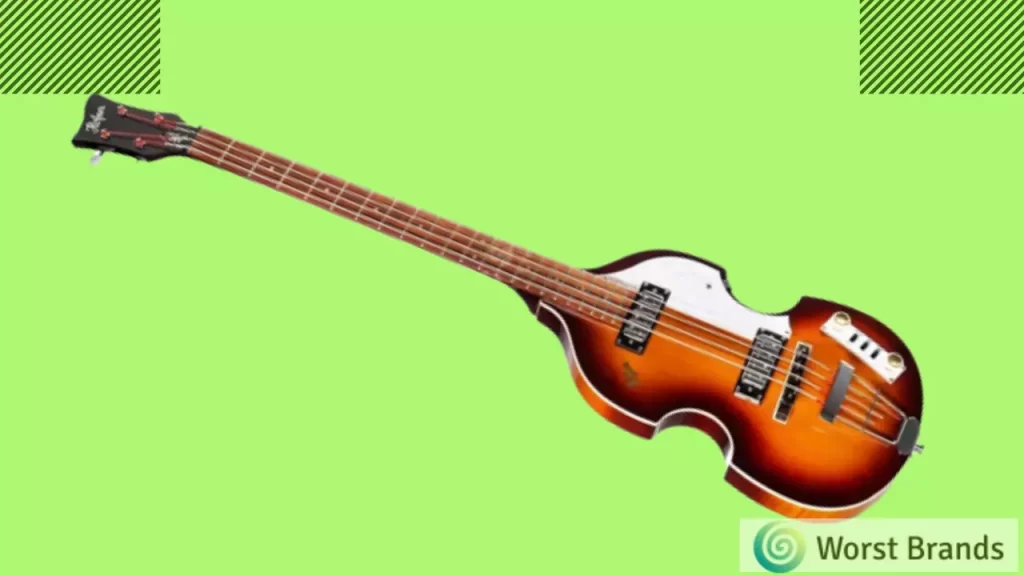
The construction of the bass violin is similar to other violins; the only difference is the tuning machines.
Bass violins have large racks and strings. It is also known as violone. It is the strongest and most versatile form of a violin.
The Bass violin is the ancestor of the modern cello, but now double bass violins have replaced them. Their fingerboard and neck are shorter than the cello, and the bridge is lower.
Drawback:
The strings of the Bass violin are high, and the fingerboard is too flat. This causes the violinists to hit the other strings mistakenly.
4. Stroh Violin
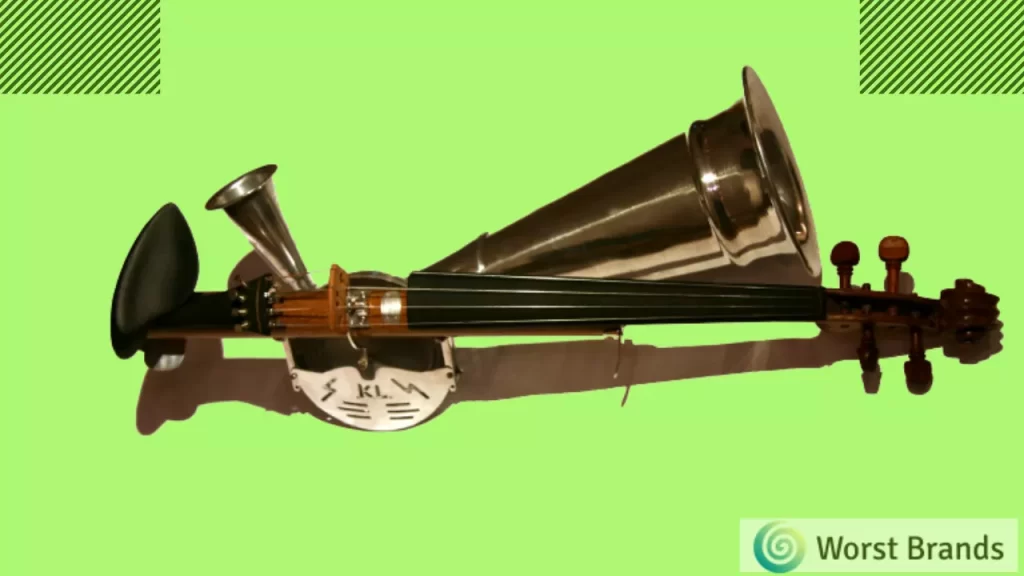
The Stroh violin is also known as the horn violin. This violin has a horn to generate sound, which creates a different resonance sound than the violin. These can produce a louder sound than classical violins.
It was designed by John Matthias Augustus Stroh and is known worldwide as the Stroh violin.
It is best suitable for outdoor performances due to its powerful sonority. This kind of violin is also used in traditional folk music.
The Stroh violin has a full-size scale length. The neck, tailpiece, bridge, and fingerboard are the same as classical violins.
The bridge of the Stroh violin rests on a resonant membrane that picks up vibrations and amplifies the sound inside the metallic horn.
Drawback:
The Stroh violin is more difficult to learn and play than other violins because it has less flexible string tension caused by the bow.
The body weight of the Stroh violin is not uniformly distributed. This can result in an uncomfortable shoulder position while playing.
These violins are also not much popular amongst violinists.
5. Electric Violin
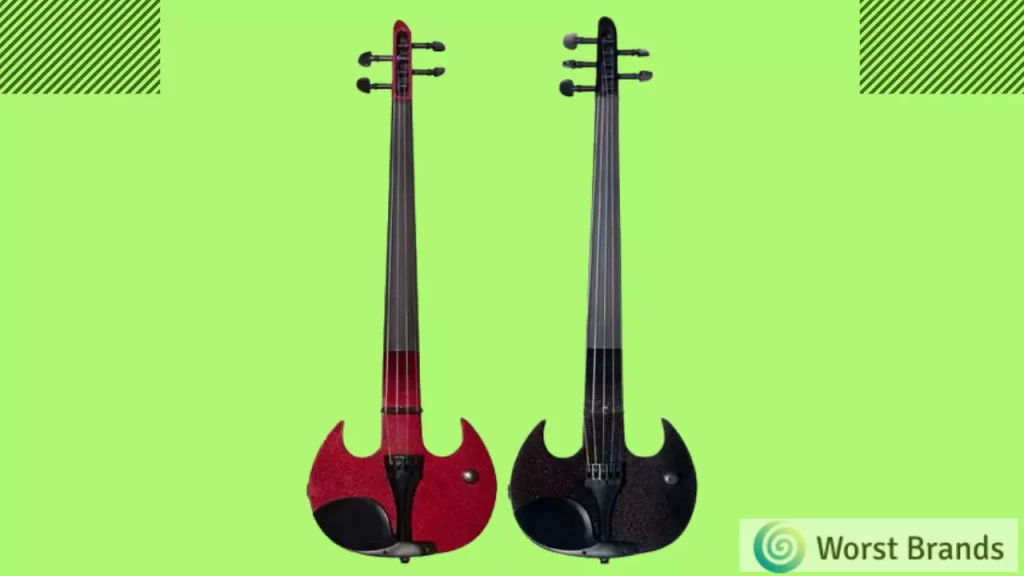
The electric violin produces sound electronically, and these violins are in different shapes and sizes. Electric violins have been becoming popular for many decades.
A passive pick-up electric violin has no battery, and you can go directly from the instrument to an amplifier.
They also have volume and tone control options available on the violin. You can also use a preamp for other controls. Active Pick-up already has built-in controls for volume and tones.
Drawback:
Electronic violins are not suitable for beginners due to their complexity.
6. Semi Electric Violin
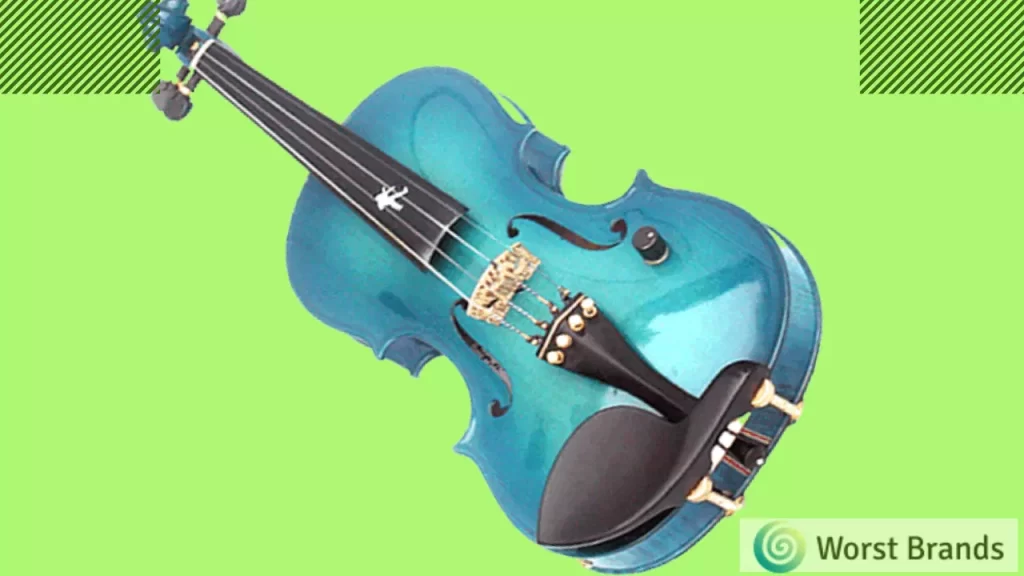
The semi-electric violin has an acoustic sound, which can also be paired with pick-ups. So that you can amplify the sound electronically at any time, this sound produces a more acoustic feel.
Drawback:
They may have blended sounds due to their dual purpose and expensive instruments.
7. Fiddle Violin
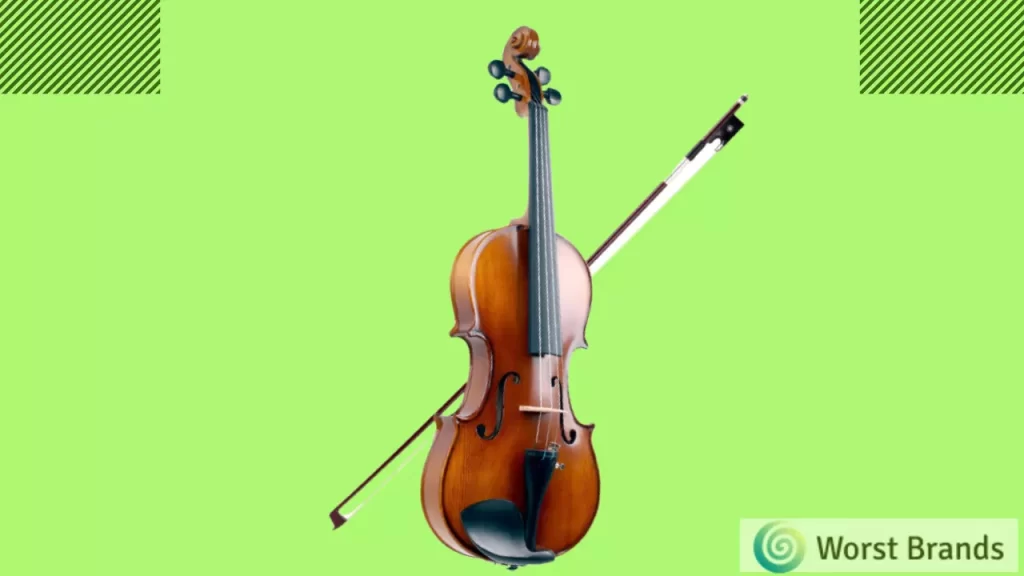
The fiddle violin has a flat bridge. It allows the violinist to play and present double and triple stops, which can be harder with an arched bridge on the violins.
The fiddle is the same as the violin, and they only differ depending on the style and the context played on them.
Drawback:
You have to tune it every time you play it.
8. 5-String Violin
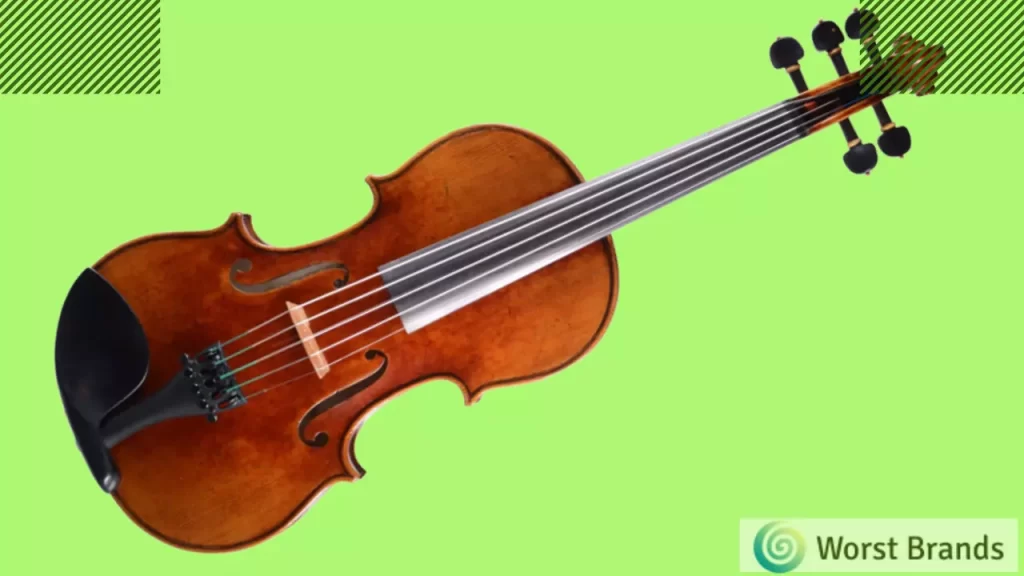
5-string can be acoustic, classical as well as electrical. As the name represents 5 strings, you can find the characteristics of the violin and viola in a single instrument.
The 5th string in violins is not actually a viola string; it is called a c-string. Many musicians like this because it provides an extended range of music.
Drawback:
It can take time to adapt to four sting violin players.
9. Vertical Viola
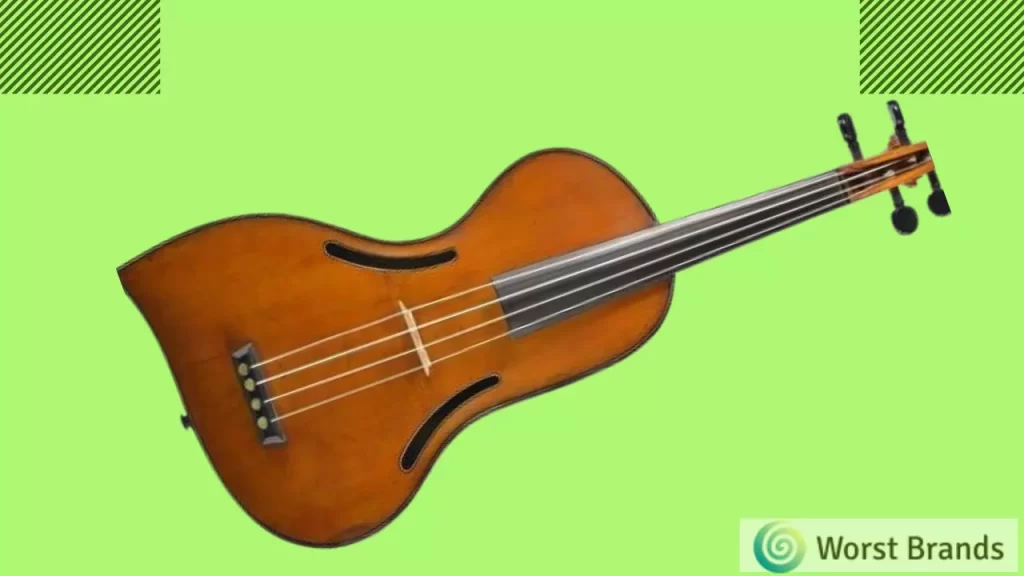
Due to the size of the viola, it is difficult to play it on the shoulders; that is why it is vertically placed on the floor to play it. This is the reason they are called vertical viola.
The main body of the viola should be leveled to the second-highest string, and the hollow cavity should be equal to the third-highest.
This is the resonance frequency principle on which viola work.
Drawback:
They are more expensive than other regular-size violins.
Also Read: Different Types of Guitars
Types of Violins by Size
- 1/32
- 1/16
- 1/10
- 1/8
- 1/4
- 1/2
- 3/4
- 4/4
Violins differ from size to size. Violins that have different sizes are called fractional violins.
Selecting the best, right violin size is very important, especially for younger students.
1/32
If you want your younger champ to start practicing violin very early, choose this size, which is ideal for children.
It is usually a comfortable option for children with shorter arm lengths. Due to its little teeny weenie size, it is the lightest among violins which will be perfect for your kiddo.
This size violin helps young children with small arms carry and practice the violin easily.
1/16
The second lightest and smallest size you can easily find in the market is 1/16. Due to its comfort and playability, it is the most recommended for early learners.
1/10
These models are 16 inches long and come in handy form. This size violin is highly recommended for children of age 4 to 5 years old.
For example, your child may have difficulty holding properly 1/16 size due to the tight angle between his shoulder and arm length.
If this is the problem, then this violin with 1/10 length will be most comfortable playing easily.
1/8
The 1/8 size violin has a 17-inches length size. So this size is suitable for children between 4 to 6 years.
It’s compulsory here to mention that some children younger than 4 years are able to easily handle and play with this due to their long arms.
So next time, if you see your younger child handling this size before the age, you do not need to be surprised.
1/4
It is usually 2 inches larger than the 1/8 sized model, so it is suitable for children aged 5 to 7 years old.
1/2
These models usually have a length of 20.5 inches and are best suitable for children between 7 to 9 years of age.
3/4
We will now discuss ¾ size violin. It has a length size of 13 inches, and the complete length is 21 inches around. This model usually works well with primary school children as it is comfortable for them to play.
4/4
These size violins are the largest of all violins. Adults mostly use them. Due to their length, which is 23 inches, it is also popular with tall teenagers.
CONCLUSION
You might get confused about many types of violins, so we have provided you with the content for every type to select the suitable one properly.
If you want a violin for your youngest family member, go for the small violin mentioned above.
If you are one of the beginner, then you should go for baroque or classical violin.
Read our article before you buy a violin to get a perfect one. Accompany yourself with a violin expert before going to the market to buy a new one.
Stay connected to read more interesting articles on musical instruments.

Steven Settles is an ISCET-certified master in appliance repair. He has aced the National Appliance Service Technician Certification Exam, showcasing his exceptional diagnostic and repair skills. With an in-depth understanding of the latest repair technologies and a keen eye on evolving industry standards, Steven is a go-to expert for any appliance issue.